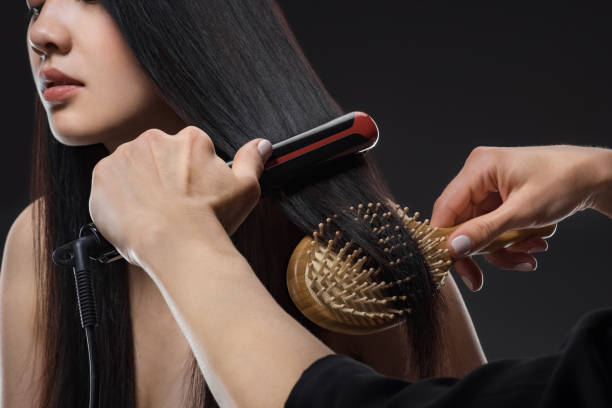To understand the growth of the Hijab in the fashion industry, it is essential to explore its historical and cultural roots. The Hijab, derived from the Arabic word “hajaba,” meaning to conceal or cover, has deep religious significance in Islam. It is interpreted as a form of modesty and privacy, with its primary purpose being to cover the hair and neck of Muslim women in the presence of non-related males. Traditionally, the Hijab was worn in a simple, unadorned manner, reflecting its religious function rather than any fashion statement.
However, as Muslim communities became more integrated into Western societies and globalization facilitated cultural exchange, the Hijab began to undergo a transformation. Muslim women, particularly those living in Western countries, found themselves navigating between their religious and cultural identities and the dominant fashion trends of their societies. This intersectionality gave rise to a new wave of Hijab fashion that merged traditional Islamic dress with contemporary styles, enabling Muslim women to express their identity while adhering to their religious beliefs.
The emergence of social media platforms played a pivotal role in amplifying the visibility of Hijab fashion. Platforms like Instagram, YouTube, and fashion blogs provided Muslim women with a global stage to showcase their style and creativity, reaching audiences far beyond their local communities. Influential Hijabi bloggers and social media personalities emerged, garnering millions of followers and shaping trends in the modest fashion industry. These influencers not only promoted diverse interpretations of the Hijab but also challenged stereotypes and misconceptions about Muslim women’s dress.
Moreover, the fashion industry itself began to recognize the economic potential of catering to Muslim consumers. Major fashion brands and retailers started to include modest clothing lines and Hijab collections in their offerings, tapping into a lucrative market segment that had long been underserved. High-profile collaborations between modest fashion brands and mainstream designers further legitimized the Hijab as a fashion accessory, breaking down barriers and fostering inclusivity within the industry.
The rise of modest fashion as a global trend also contributed to the mainstream acceptance of the Hijab. In an era marked by body positivity and diversity, modest fashion emerged as a counter-narrative to the hyper-sexualized and body-revealing trends prevalent in Western fashion. The emphasis on loose-fitting silhouettes, longer hemlines, and covered forms resonated not only with Muslim women but also with consumers seeking alternatives to mainstream fashion. As a result, modest fashion gained traction beyond religious boundaries, attracting a diverse clientele who appreciated its inclusive and modest aesthetic.
In recent years, the Hijab has been featured on runways, magazine covers, and red carpets, cementing its status as a legitimate fashion statement. Fashion designers and stylists have embraced the Hijab as a versatile accessory, incorporating it into their collections in innovative and creative ways. From haute couture to streetwear, the Hijab has become a staple of contemporary fashion, symbolizing diversity, empowerment, and individuality.
However, alongside its growing popularity, the commercialization of the Hijab has also sparked debates within Muslim communities about cultural appropriation, commodification, and the commodification of religious symbols. Critics argue that the mainstream fashion industry’s co-optation of the Hijab risks diluting its religious significance and reducing it to a mere commodity. Additionally, concerns have been raised about the pressure on Muslim women to conform to beauty standards and consumerism, undermining the original intent of modesty and piety associated with the Hijab.
Despite these challenges, the Hijab’s journey from religious attire to fashion statement underscores the power of fashion as a form of cultural expression and social change. By reclaiming their narratives and reshaping societal perceptions, Muslim women have transformed the Hijab into a symbol of empowerment, resilience, and identity. As the fashion industry continues to evolve, the Hijab remains a poignant reminder of the intersecting forces of religion, culture, and fashion in shaping our collective identity and sense of belonging in an increasingly diverse and interconnected world.



